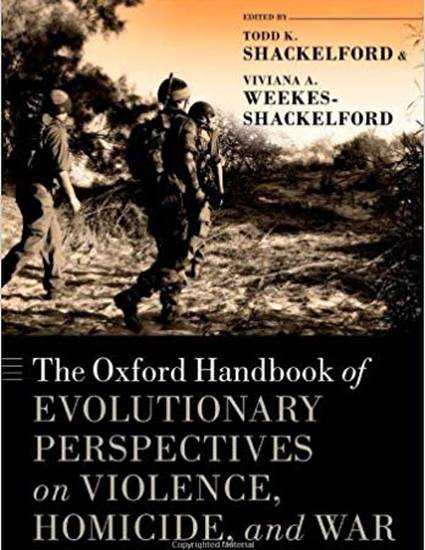
Contribution to Book
The Extremes of Conflict in Literature: Violence, Homicide, and War
The Oxford Handbook of Violence, Homicide, and War
(2012)
Abstract
Literature depicts emotions arising from conflict and makes them available to readers, who experience them vicariously. Literary meaning lodges itself not in depicted events alone but also, and more importantly, in the interpretation of depicted events: in the author's treatment of the depicted events; the reader's response to both the depicted events and the author's treatment; and the author's anticipation of the reader's responses. This chapter outlines possible stances toward violence, makes an argument for the decisive structural significance of violence in both life and literature, and then presents a representative sampling of violent acts in literature. The examples from literature are organized into the main kinds of human relationships: one's relation to oneself (suicide); sexual rivals, lovers, and marital partners; family members (parents, children, siblings, aunts, uncles, and cousins); communities (violence within social groups); and warfare (violence between social groups).
Disciplines
Publication Date
2012
Editor
Todd Shackelford and Viviana A. Weekes-Shackelford
Publisher
Oxford University Press
DOI
10.1093/oxfordhb/9780199738403.013.0024
Citation Information
Joseph Carroll. "The Extremes of Conflict in Literature: Violence, Homicide, and War" New York CityThe Oxford Handbook of Violence, Homicide, and War (2012) p. 413 - 34 Available at: http://works.bepress.com/joseph-carroll/14/
